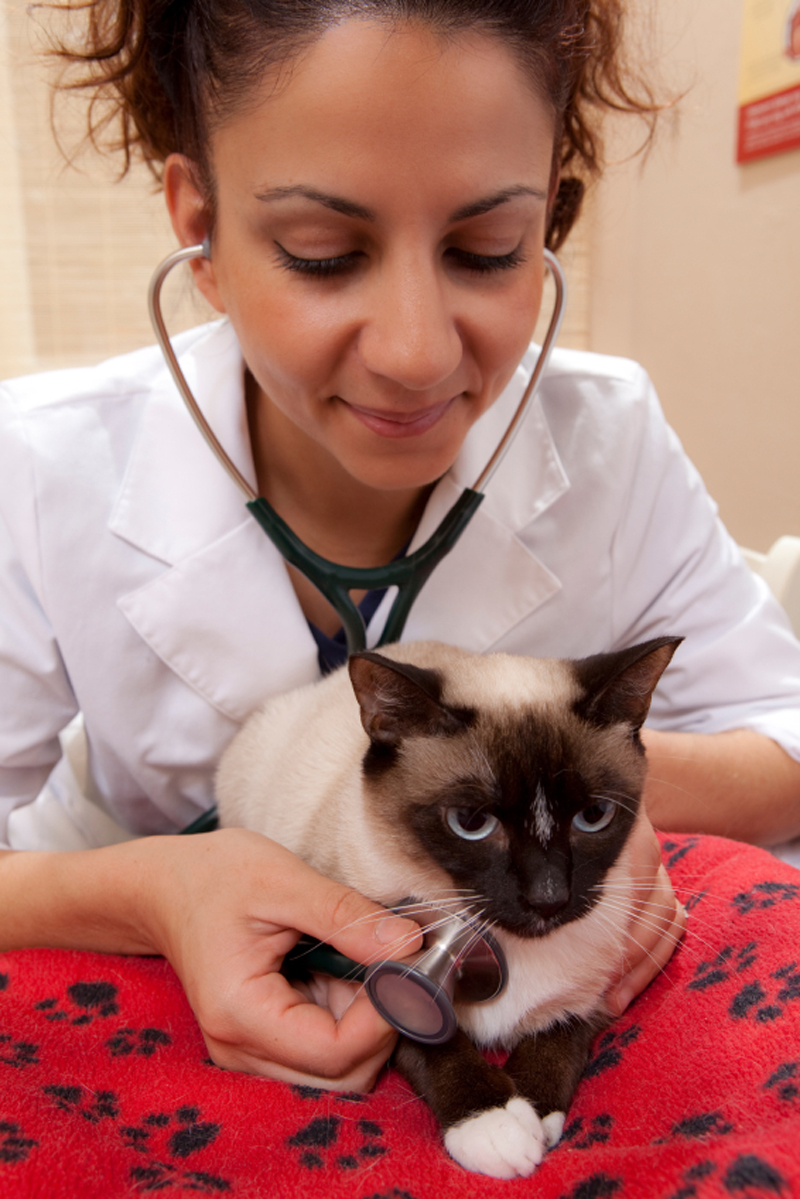Managing pet health care costs
Gestion des coûts des soins de santé animal
Keeping your pet healthy is one of the most important and, potentially, one of the most expensive parts of being a pet owner. Regular vet visits and preventative care can easily set you back hundreds of dollars a year. We are pleased to share a few pointers on how to keep both your pet and wallet happy and healthy.
Adopting a pet is the equivalent of inviting a three-year-old child to live with you. For 10 years. Many of the safety measures you would take with a young child apply to a pet.
Regular access to clean food and water, shelter, exercise and the company of other animals are the most important things you can give your pet.
Keep them clean and away from hazards such as sharp objects and poisons to prevent expensive problems from happening. Fortunately, a few simple preventative measures can keep many problems at bay.
Savings from the start
* Learn as much as you can about the animal you would like.
Borrow library books on animals. Talk to experts. Hang out with other pet owners to see how much care the pet takes. A few hours and months invested in researching a potential pet will pay off big time both now and down the road.
* Choose a healthy mixed breed to avoid breed-specific problems.
Features such as pug noses on bulldogs or boxers are cute to look at, but can often lead to expensive vet bills for breathing problems. These characteristics can sometimes translate into shortened lifespans.
* Get a new friend from your local SPCA shelter, often for the cost of the spay/neuter procedure
You can save hundreds of dollars on start up costs this way, including initial vet visits and first inoculations. Mature pets or long-time shelter residents are often offered at even lower rates. There’s the added bonus of the animal’s reduced desire to stray or mark its territory and the expense and bother of disposing of unwanted puppies or kittens, all of which can save you hundreds over the life of the pet. Your possible savings : $100 to $1,000 or more
* Create a safe environment
You can create a pet-friendly living environment by keeping poisons, fragile and sharp objects out of reach. Inquisitive youngsters, especially, will taste and chew many things, including some you would never think of, as they investigate their new surroundings. Put your treasured vase in a pet-free room, guard power cords and outlets, and lock up the cleaners. A few minutes now will make for a healthier pet and reduce those long, scary trips to the vet's.
* Practice preventative medicine
Keep your pet's vaccinations, worming, flea and other treatments up to date. Some vaccines need to be administered annually, while others can be given in multiple year cycles. Talk to your veterinarian about which treatment routines are most effective for your pet.
* Feed your pet the best food you can afford.
Good nutrition is one of the easiest and most cost effective ways to reduce health care costs. Cooking your own pet food is one way to ensure your pet gets the right ingredients. Consult a veterinarian for the right combination of nutrients in the right amounts for your cat or dog.
* Teach yourself basic grooming techniques
With a little practice and patience, you can quickly master a few basic ways to keep your pet clean and looking great. A gentle brushing, swabbing ears and trimming nails are good ways to monitor your pet's overall health as well as spend fun times together. Take your time, be patient and gentle as you go, and you will be saving time and money on trips to the groomer.
These times spent grooming your pet are a good chance to record your animal's normal health. Record your pet's normal pulse and breathing rate by counting the times they occur over 15 seconds when your pet is at rest. Then multiply that number by four to discover the number of heartbeats and breaths per minute. Knowing what is normal for your pet is a good reference point for times when your pet becomes ill. Catching problems early makes it easier on all concerned.
* In the case of multiple cats, dogs or horses, having separate grooming tools for each creature helps stop the spread of diseases and germs. And it's a good idea to disinfect their brushes and combs regularly.
* A teaspoonful of SMOOTH peanut butter every couple of weeks works great as a hairball preventative for cats. Other suggestions are olive oil, plain butter and/or giving your cat access to fresh grass.
* Pet insurance
Like health insurance for people, pet insurance helps cover the costs of expensive medical treatment should intensive care be needed. Talk to your veterinarian about what coverage may be best for your pet.
Staying hydrated is as important for your pet as it is for you. To convince your dog to drink more, vets recommend adding 2 tablespoons of low-sodium chicken broth to each cup of his water. The meaty taste will soon have him drinking away.
